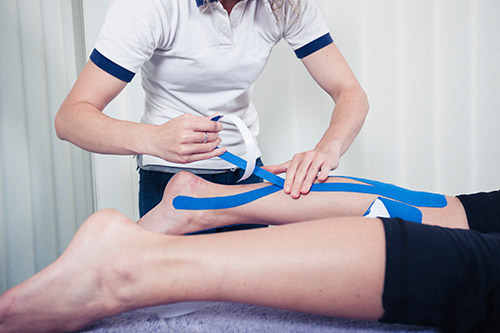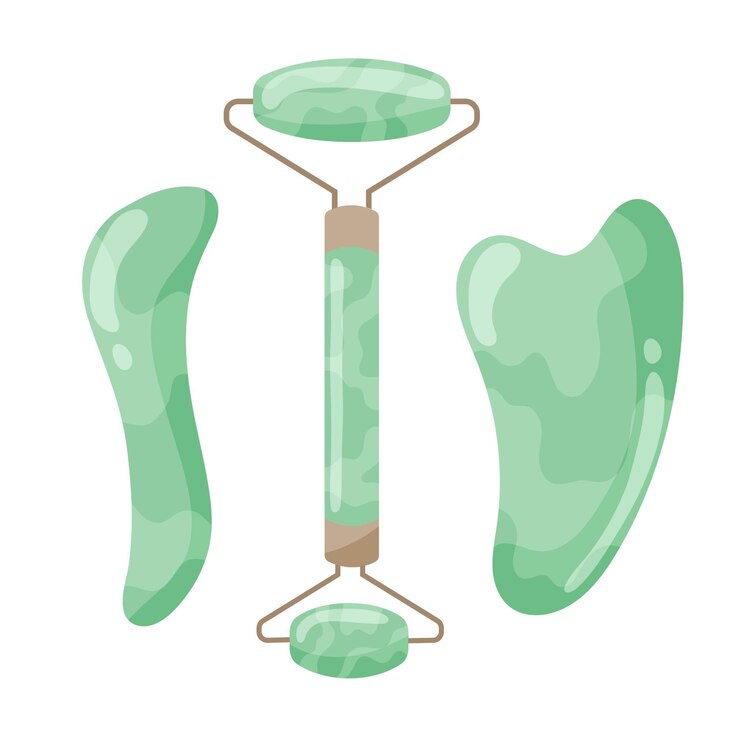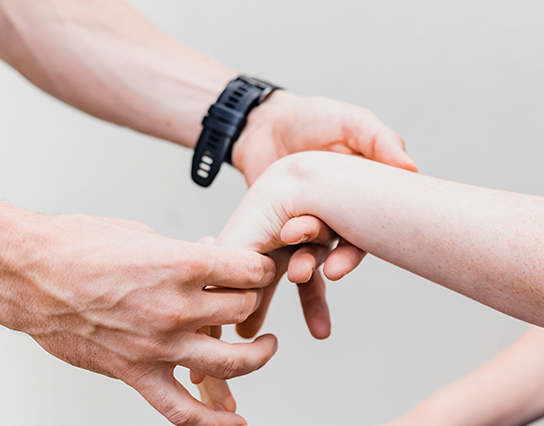Pelvic Floor Physical Therapy in Edmonton. Pelvic floor physical therapy […]
Causes of Sports Injuries and the Healing Touch of Physiotherapy
Sports Injuries Physio in Edmonton
Sports injuries are an inevitable part of an athlete’s journey, whether you’re a seasoned pro or someone who enjoys sports recreationally. The pain, frustration, and uncertainty that come with an injury can be overwhelming, but there is hope on the horizon. Physiotherapy, a field that specializes in the rehabilitation of musculoskeletal injuries, plays a pivotal role in helping athletes recover and return to peak performance. In this comprehensive guide, we will explore the world of sports injuries, from their types and causes to their prevention and, most importantly, how physiotherapy can be the key to your recovery.
Section 1: Unpacking Sports Injuries
Sports injuries can manifest in various ways, each with its unique set of challenges and demands for recovery. Here are some common types:
Sprains and Strains: These soft tissue injuries often result from sudden movements or overexertion, affecting ligaments (sprains) or muscles and tendons (strains).
Fractures and Dislocations: More severe injuries that involve bone damage and joint dislocation, requiring medical attention and rehabilitation.
Tendon Injuries: Conditions like tendinitis and tendinosis affect the tendons connecting muscles to bones, often resulting from overuse.
Overuse Injuries: These occur due to repetitive movements or excessive training, leading to conditions such as stress fractures and tennis elbow.
Section 2: Common Causes of Sports Injuries
Understanding why and how sports injuries occur is vital for both prevention and effective treatment. Here are some key causes:
2.1 Poor Conditioning: Inadequate physical fitness or conditioning is a significant contributor to sports injuries. Athletes who are not adequately conditioned for their sport may experience muscle fatigue, reduced strength, and impaired coordination, increasing the risk of injury.
2.2 Inadequate Warm-Up and Stretching: Skipping or inadequately performing warm-up exercises before engaging in physical activity can leave muscles and joints unprepared for the demands of sports. Without proper warm-up and stretching, the risk of muscle strains and other injuries increases.
2.3 Technique Errors: Incorrect form or technique during sports activities can strain the body and lead to injuries. Athletes who do not receive proper coaching or fail to maintain proper form may be at a higher risk of injury.
2.4 Overtraining: Pushing the body beyond its limits without sufficient rest and recovery is a common cause of overuse injuries. Overtraining can lead to stress fractures, tendinitis, and other chronic conditions, as the body does not have enough time to repair itself.
2.5 Contact and Collisions: In contact sports like football, rugby, and martial arts, collisions with opponents are an inherent risk. These can result in a wide range of injuries, including concussions, fractures, and soft tissue injuries.
2.6 Environmental Factors: Environmental conditions, such as extreme heat, cold, or poor playing surfaces, can contribute to sports injuries. Slippery or uneven terrain, for example, increases the risk of falls and sprains.
2.7 Equipment Issues: The use of faulty or ill-fitting sports equipment, including footwear, helmets, or protective gear, can lead to injuries. Worn-out or improperly maintained equipment can fail to provide adequate support or protection.
2.8 Inadequate Rest and Recovery: Rest is crucial for allowing the body to recover from the physical stress of sports. Inadequate rest can lead to fatigue, weakened muscles, and an increased risk of injury.
2.9 Dehydration and Nutrition: Poor hydration and inadequate nutrition can impair an athlete’s physical and cognitive functions, increasing the risk of cramps, heat-related illnesses, and decreased performance.
2.10 Preexisting Conditions: Some athletes may have preexisting medical conditions or previous injuries that make them more susceptible to certain types of sports injuries. It is essential to consider these factors when engaging in sports activities.
2.11 Overconfidence and Competitive Pressure: Athletes who push themselves too hard or feel pressured to perform at their absolute best may take unnecessary risks, increasing the likelihood of injury.
2.12 Inadequate Recovery Strategies: Failing to implement proper recovery strategies, such as post-game or post-training stretching, ice baths, or massage therapy, can lead to muscle stiffness and increased susceptibility to injuries in subsequent sessions.
2.13 Lack of Protective Gear: In sports where protective gear is required, such as cycling helmets or shin guards in soccer, failure to use appropriate protective equipment increases the risk of injury.
Section 3: The Healing Power of Physiotherapy
3.1 Initial Assessment and Diagnosis
Highly trained physiotherapists are skilled at conducting thorough assessments to accurately diagnose injuries. They create personalized treatment plans tailored to your specific injury and needs.
3.2 Pain Management
Physiotherapy offers various methods for pain management, including manual therapy, electrotherapy, and acupuncture. By addressing pain effectively, physiotherapy can often reduce the need for pain-relieving medications.
3.3 Restoring Range of Motion
Regaining joint and muscle mobility is crucial for recovery. Physiotherapists use techniques like stretching, joint mobilization, and proprioceptive exercises to help restore your range of motion.
3.4 Strength and Conditioning
Progressive strength training is a cornerstone of rehabilitation. Physiotherapists design safe and effective strength and conditioning programs to help rebuild muscle strength and endurance.
3.5 Functional Rehabilitation
To prepare you for a safe return to your sport, physiotherapists focus on functional exercises that mimic the demands of your specific activity. Comprehensive rehabilitation aims to minimize the risk of future injuries.
Conclusion
In the world of sports, injuries are an unfortunate reality, but they don’t have to be the end of your journey. Physiotherapy offers a path to recovery, helping you rebuild and return to peak performance. By understanding the types and causes of sports injuries and recognizing the vital role physiotherapy plays in the healing process, you can embrace the remarkable capacity of your body to heal and thrive in the face of adversity. Whether you’re an athlete or simply someone interested in the world of sports and medicine, remember that physiotherapy can be your guiding light on the road to recovery and peak performance. It’s the bridge that can turn your setback into a remarkable comeback.
Looking for a Sports Physio in Edmonton?
Call us at 7804409003 or schedule an appointment to know more about how we treat sports injury. Your well-being is our priority, and we’re excited to join you on the path to a more active life.





